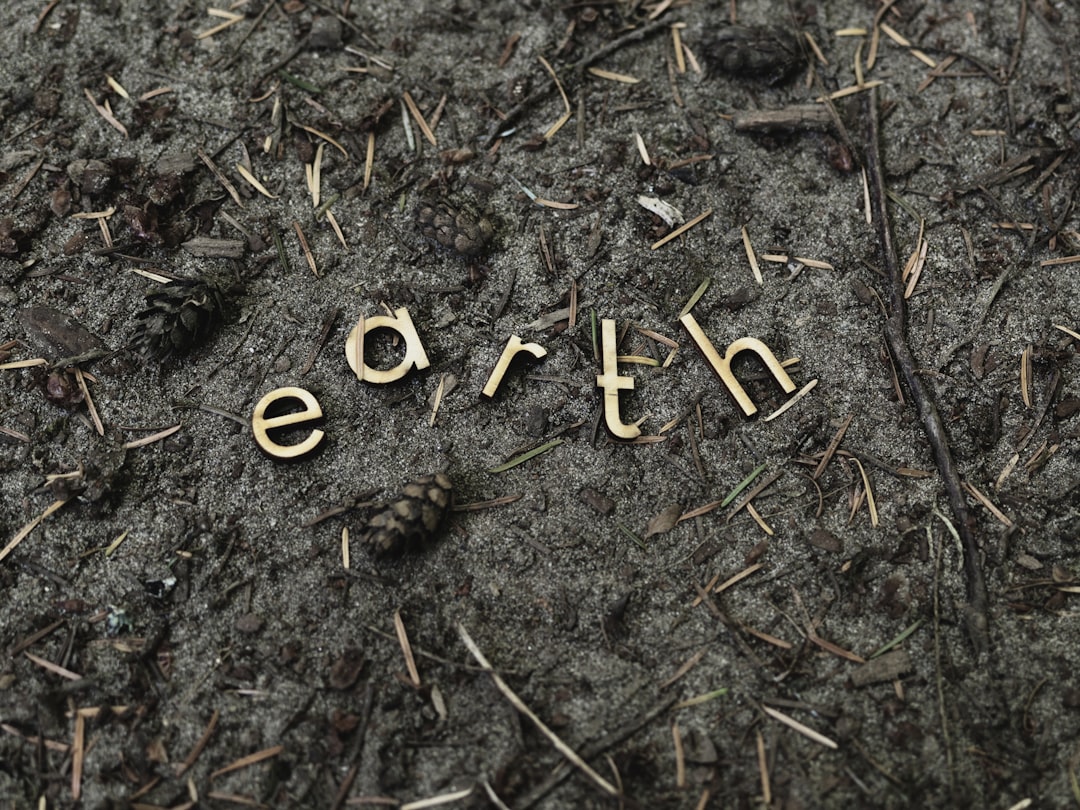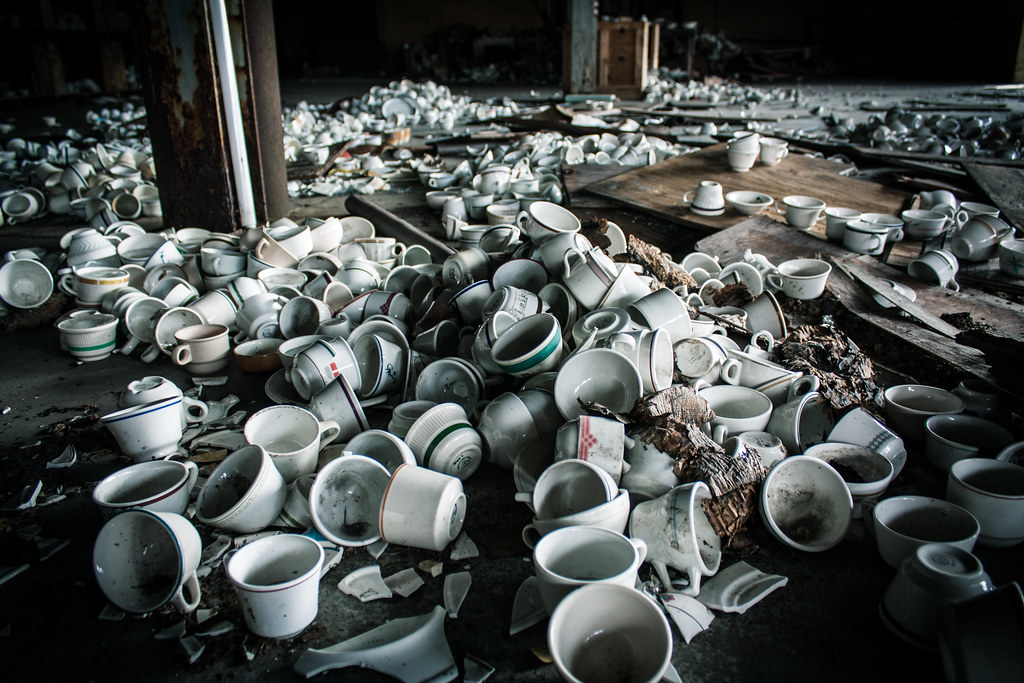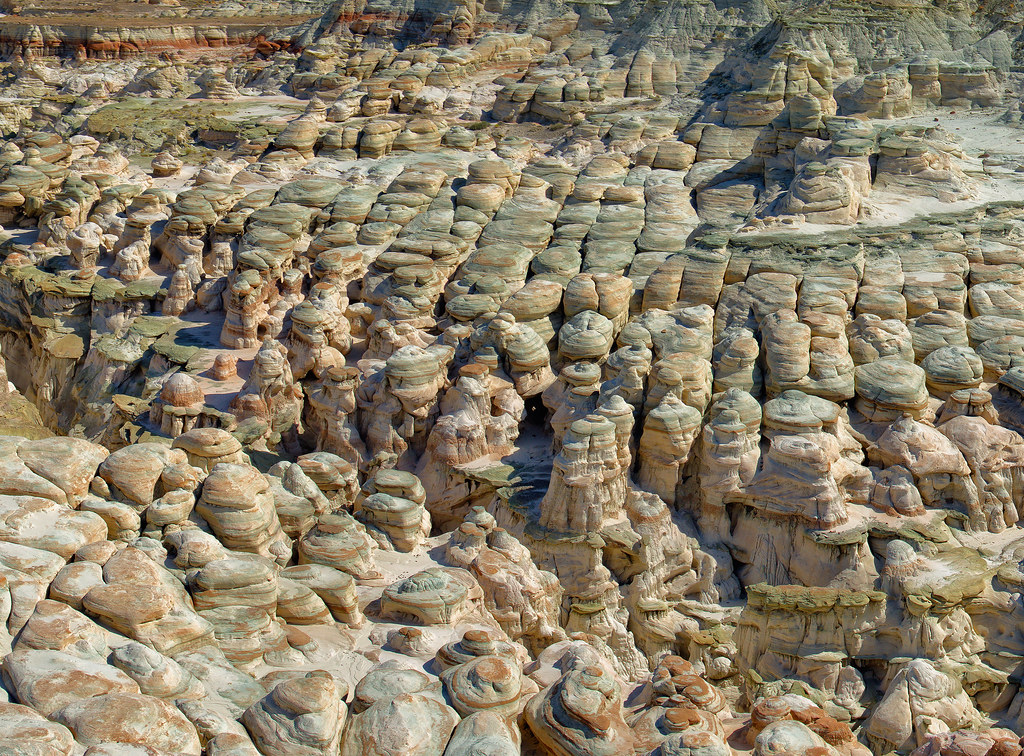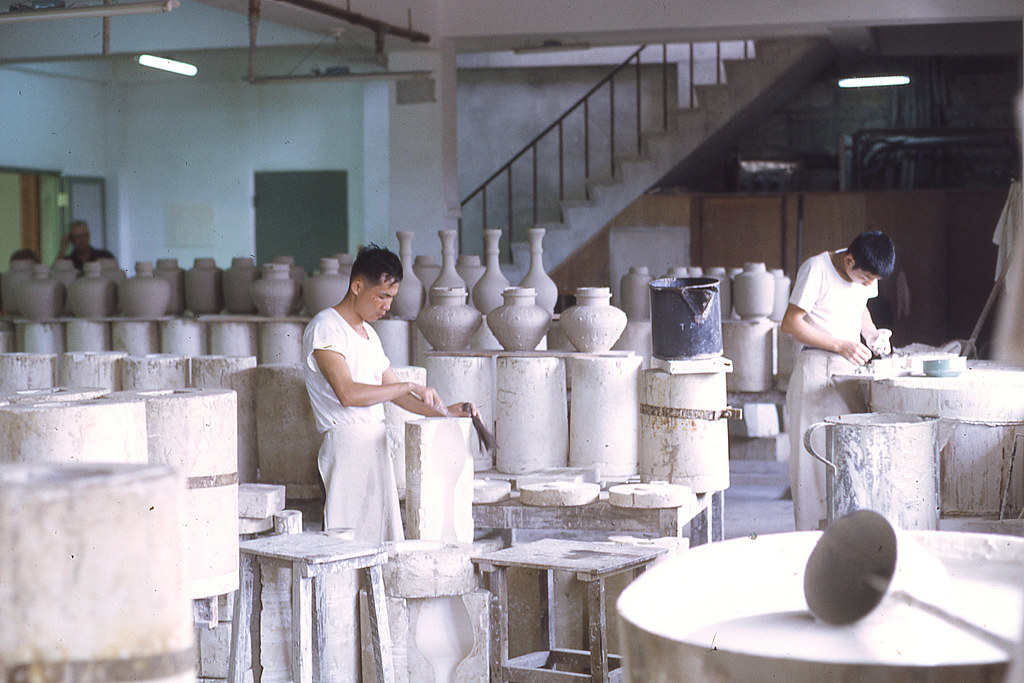
The stage of clay is a critical consideration for artists and potters as they navigate the fascinating world of ceramics. Each stage of clay’s transformation from its raw, malleable beginning to its final, hardened state offers unique opportunities and challenges, allowing creators to shape their artistic vision into tangible reality. These stages, ranging from the initial slip form to the final glaze, dictate the techniques and tools needed, affecting the texture, durability, and aesthetic qualities of the finished product. Understanding these stages not only enhances the crafting process but also enriches the artist’s connection to this versatile medium, fostering a deeper appreciation for the dynamic evolution of clay through its life cycle.

| Stage of Clay | Description | Characteristics |
|---|---|---|
| Slip | A liquid mixture of clay and water. | Used for casting and joining pieces. |
| Plastic | Soft and flexible, ready for shaping. | Ideal for throwing on a potter’s wheel. |
| Leather-Hard | Slightly dried, firmer consistency. | Carving and detailing are possible. |
| Bone Dry | Fully dried out, fragile and ready for firing. | Most fragile state, careful handling needed. |
| Bisqueware | Clay fired once, porous and hard. | Ready for glazing. |
| Glazeware | Clay that has been glazed and fired again. | Finished, waterproof surface. |
The Mesmerizing World of Ceramic Transformation

Ever thought about how a simple lump of clay turns into a beautiful ceramic piece? It’s like a journey, a transformation story waiting to be explored. Each stage of clay morphing holds its own charm and set of challenges. Let’s dive into this captivating process and uncover the magic hidden in each step.
Slip: The Foundation of Creativity

Think of slip as your ultimate toolkit in the world of ceramics. It’s a fluid mixture of clay and water that opens up endless possibilities. You can use it to cast pieces into molds or join different clay parts together seamlessly. This stage provides the flexibility and creativity to shape your visions from the very beginning.
- Perfect for building the initial form of your piece
- Helps in bonding and casting processes
Understanding the three essential stages of clay enhances this foundation, giving artists the insights needed to perfect their pottery.
Plastic: When Imagination Meets Flexibility
Now, here’s where it gets exciting. The clay is soft, malleable, and perfectly suited for wheel throwing. This is the time to let your imagination fly and start shaping those intricate designs you’ve been dreaming of. The plastic stage is all about sensation and rhythm, allowing you to feel every curve and edge as you work.
It’s important to recognize the differences between clay and porcelain, as each material brings unique advantages and applications to the pottery process.

Leather-Hard: The Detailing Opportunity
Entering the leather-hard stage feels like your clay piece is maturing, not too soft but rigid enough for intricate carving. It’s kind of like the sweet spot for adding textures and fine details to your art. Imagine crafting delicate patterns that bring depth and personality to your work without compromising its structure.
Bone Dry: The Critical Transition
Let’s be honest, the bone dry stage demands respect and care. The clay is fully dried and incredibly fragile, making it the most delicate phase of the journey. Handle with care as it stands on the brink of firing, the moment where it solidifies its shape and prepares to embrace the heat.
This stage is crucial in preparing for unique pottery designs that can beautifully complement your home and garden.
Bisqueware: Resilient and Ready
Once fired, your piece becomes bisqueware, hard yet still porous. This stage is like a canvas waiting for its colors. It’s ready for a splash of creativity in the form of glazing. This stage sets the tone for the final appearance, allowing for a variety of possibilities from matte feels to glossy finishes.
Glazeware: The Art of Completion
The final transformation of your ceramic into glazeware is simply breathtaking. After being glazed and fired again, it emerges with a finished, waterproof surface. This last firing step brings your artistic vision to life with vibrant colors and glossy textures, sealing your piece ready for the world to see.
What part of this transformative journey intrigues you the most? Share your thoughts or experiences in the comments—let’s chat about the magic of making ceramics! Feel free to explore our recent posts for more insights and inspiration in the world of ceramics.
Ceramics 101: Stages of Clay
To gain a deeper understanding of the different stages of clay and discover which stages are best suited for various types of ceramics, watch Jescia Hopper’s informative video, “Ceramics 101: Stages of Clay.”
Understanding each stage of clay’s transformation is essential for any artist or potter. By appreciating the nuances of clay from its raw, malleable state to its final, hardened form, you can unlock new levels of creativity and craftsmanship in your ceramic projects.
Stay Connected
Join our community and keep up with the latest ceramics inspiration by following us on Instagram here. We love seeing your creations and sharing tips to help you along your artistic journey!
